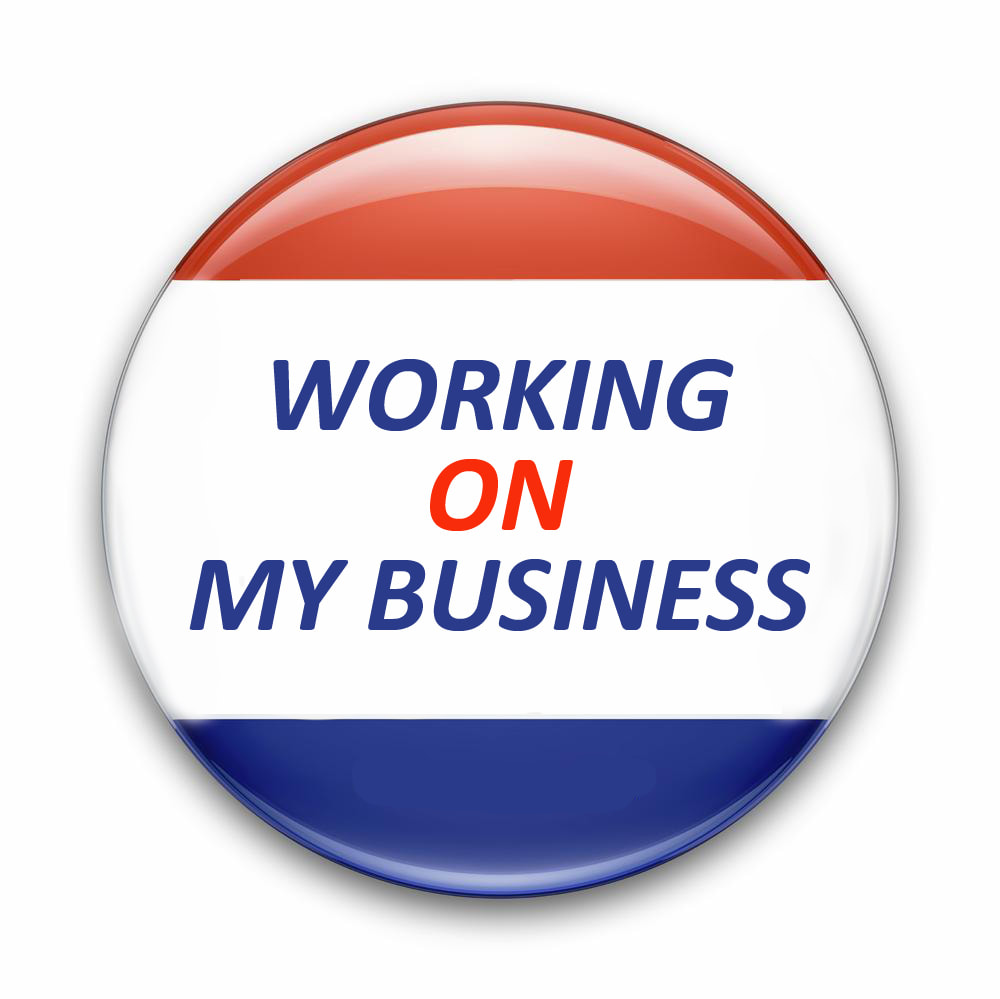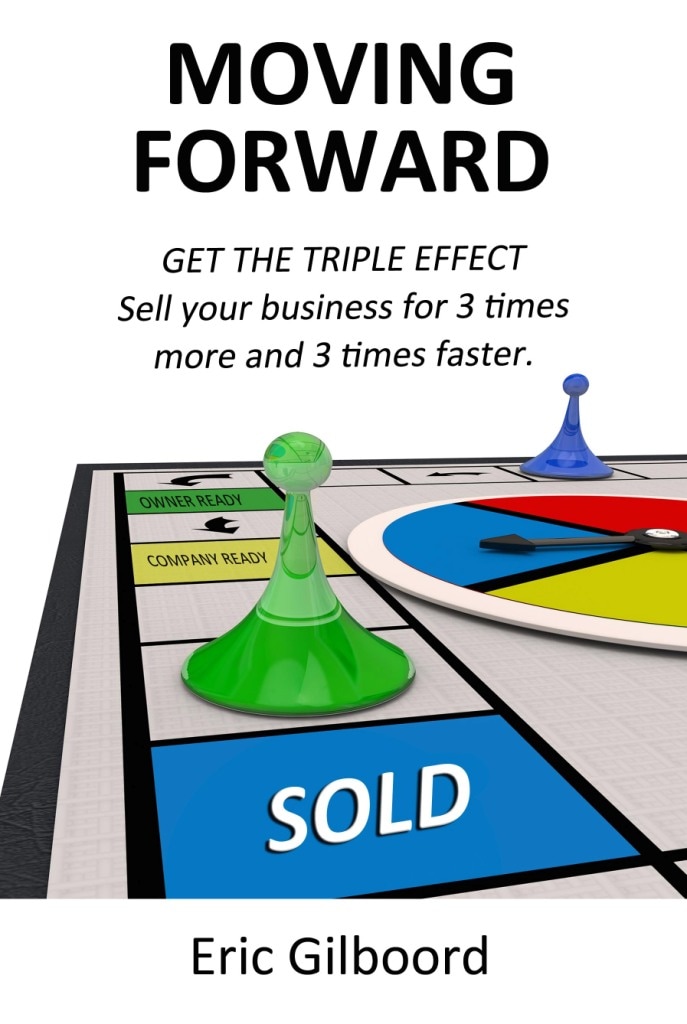From 'Just Tell Me More' by Eric Gilboord - Get the complete book FREE in PDF.
Steve owned a manufacturing company with a reputation for producing top-quality instruments that were considered the gold standard within the industry. Over the past few years, he had success selling his products without the aid of brochures. With assistance from his local printer, he only produced a specification sheet to hand out to prospects.
Business became tougher as stronger competitors entered the market. Steve’s sales reps were starting to compete head to head with these companies and they noticed that the quality of competitors’ marketing and presentation materials were higher than Steve’s. The customers began to make assumptions about the quality of Steve’s products based on the calibre of his marketing materials. They asked questions and compared Steve’s products to his competitors’. The selling process became more difficult and Steve’s company was faced with the challenge of creating comparable brochures in order to maintain its status with prospects and customers.
After several attempts and countless hours spent attending meetings, writing copy, and reviewing layouts, the company finally produced a four-colour glossy brochure. The result was a good attempt at a brochure. However, it never quite accomplished Steve's original vision did not provide a true picture of his company or its products. Sales reps were reluctant and somewhat apologetic to hand out the new material. Some of them decided to produce their own hand-outs and didn’t even use the material that the company produced.
Disappointed and perplexed, Steve didn’t quite know what went wrong. When he showed the brochure to some friends, they pointed out that it had a lot of copy, good and bad quality pictures, little if any strategy, and simple graphics that were obviously created by an inexperienced operator. The result of Steve’s efforts was a homemade brochure.
The exercise was a waste of money, time, and energy. Not only did the finished brochure not impress the prospects, it actually reinforced their negative view of Steve’s company and made it appear to be much smaller than it was.
A good company brochure, combined with other complementary marketing tools (such as a business card, website, trade/consumer booth, sales presentation, direct marketing, advertising, newsletters and a social media presence) is necessary to project a unified vision of your company, products, and services.
To see some samples of marketing materials that have worked for other companies click here Creative Portfolio.

 RSS Feed
RSS Feed






